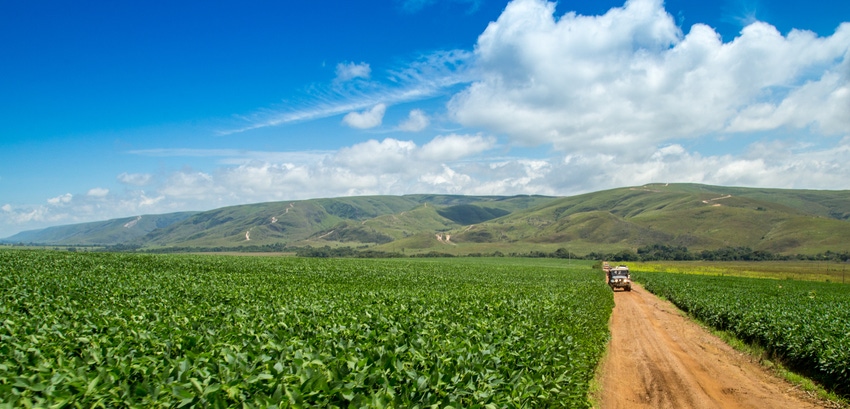
The times, they are a-changing in Brazil, as producers advance quickly on soy and main-crop corn planting. A new president-elect is selecting the ministers for his cabinet. New, and higher, freight rates, set after a June truckers’ strike, loom over bottom lines. Even lesser things are changing: farmers are about to set their clocks forward by an hour in a number of agricultural states as luminosity increases with each passing day.
Meanwhile, one Brazilian consultancy says soybean planting this season is on track to mark a record pace, with 34% of the projected area (86.7 million acres at an estimated 47.4 bushels per acre nationwide) was in the ground by the end of last week. That’s ahead of the 20% planted by the same week of last year, and the five-year average of 18% for the same period. It’s also a 14-point increase over the previous week, indicating that producers are taking advantage of generally favorable weather and spending long days out in the fields. That said, rains in the state of Mato Groso have been generous in one given place, but rather sparse just a few miles away.
Mato Grosso, which tends to take the lead in all things agricultural, is naturally atop the ratings with 62% of its projected 2018-19 beans in the ground so far, ahead of 27% at this time last year.
#2 bean state
At the same time, Parana producers have been spending more time in the shed lately than they would like as rains have come in above yearly average amounts for the period. AgRural, a consultancy, says 48% of the state’s projected soy area was in the ground by late last week, up eight points from the week before, but down against the 53% mark set for the same week of last year.
Other soybean states are moving along with planting at something like a normal pace: just 3% in the number-three producer Rio Grande do Sul, where cooler overall temps don’t allow for a second crop of anything; 13% in Minas Gerais and a range of one to four percent in the newest Brazilian ag frontier of Mapito (the conjunction of three states that share borders in Brazil’s Northeast: Maranhao, Piaui and Tocantins).
All these changes have left farmers unsure of next steps, and considering the Sino-U.S. trade war, producers are moving into the futures market to protect recent gains. With Brazil’s premiums coming to a record $2 per bushel these days, it just makes sense.
Sure, uncertainty is a big part of farming. That’s why you’re so rich as a farmer, isn’t it? Technically, you’re supposed to get rewarded for taking the enormous risks you do—weather risks, political issues, diseases and pests. All those and more.
I’m speaking sarcastically, of course. But if it were true that farmers were rewarded for their risk-taking, the Brazilians this year would be as happy as a clam, as they’ve got more change ahead of them than they have in years.
About the Author(s)
You May Also Like






